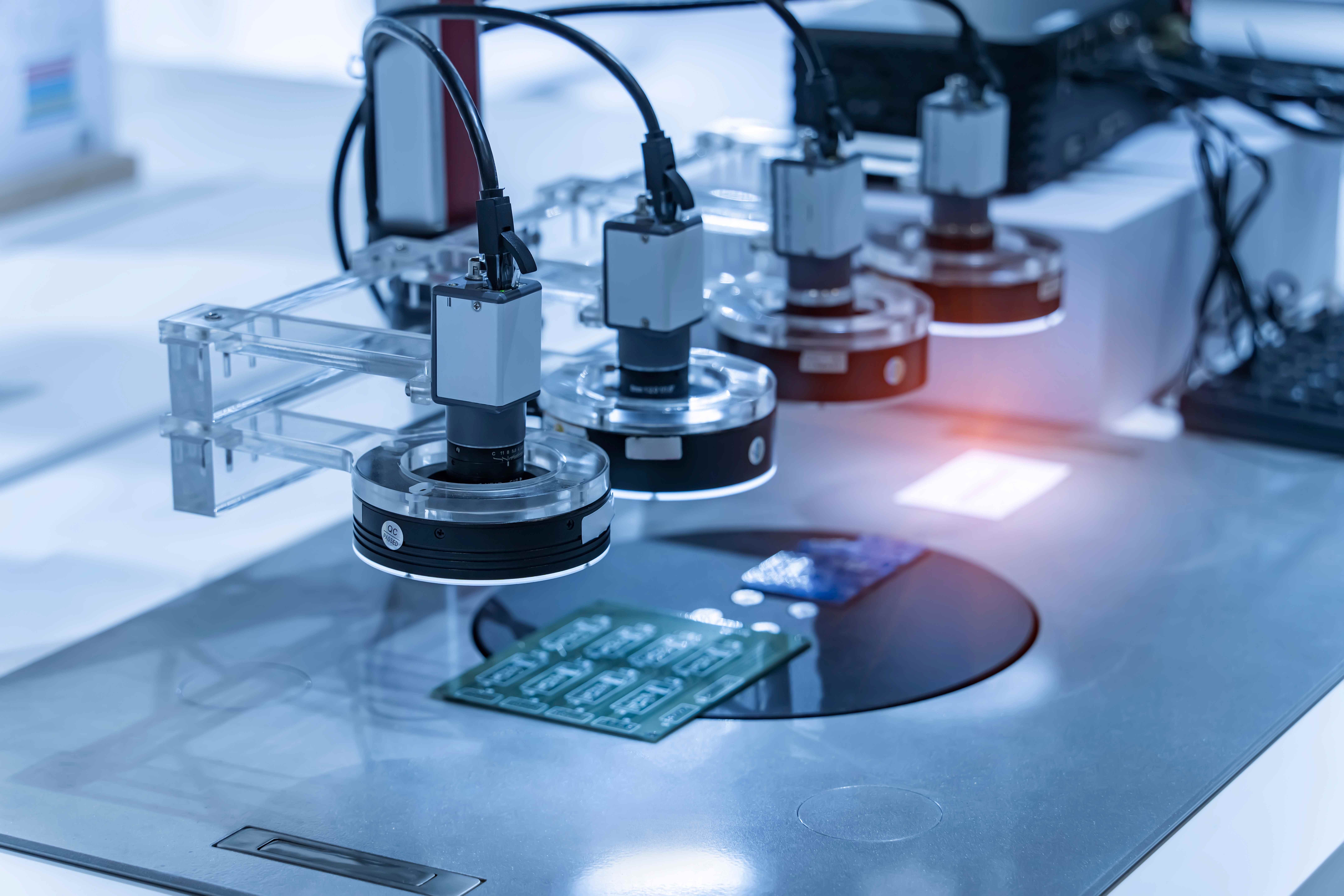
Raman Spectroscopy Testing Services
Raman spectroscopy is a non-destructive analytical technique used to detect and characterize the molecular structure and chemical composition of materials. It is widely applied in materials science, chemistry, physics, biology, and electronic component analysis. By analyzing the spectra scattered by a sample under laser irradiation, Raman spectroscopy provides information on molecular vibrations, rotations, and other low-frequency modes, offering crucial support for research and quality control.
Basic Principles and Importance of Raman Spectroscopy Testing
Raman spectroscopy utilizes the Raman scattering effect, which occurs when light interacts with matter. When a laser illuminates a sample, the molecules within the sample scatter some of the light, resulting in a slight frequency shift relative to the incident light. This frequency shift is related to the vibrational modes of the sample’s molecules. By analyzing the Raman spectrum, one can obtain information about the sample’s molecular structure and chemical composition.
Raman spectroscopy testing is essential for material quality control and research. It can be used to identify chemical compositions, detect material defects, monitor chemical reactions, and study molecular interactions. In electronics manufacturing, Raman spectroscopy can analyze semiconductor materials, detect stress and strain, and study the properties of nanomaterials.
Process of Raman Spectroscopy Testing
Test Preparation:
● Define testing objectives and requirements, select appropriate Raman spectrometer settings and parameters.
● Prepare test samples, ensuring the sample surface is clean and smooth for optimal test results.
Sample Illumination:
● Secure the sample on the sample stage, ensuring stability and correct positioning.
● Illuminate the sample with a laser beam, selecting an appropriate laser wavelength and power based on the sample characteristics.
Spectrum Collection:
● Collect and record the spectra scattered by the sample, analyzing the frequency shifts with a spectrometer.
● Adjust the spectrometer's resolution and integration time to optimize the intensity and quality of the spectral signal.
Data Analysis:
● Use specialized software to process and analyze the Raman spectrum, identifying characteristic peaks and frequency shifts.
● Cross-reference the data with databases and literature to determine the molecular structure and chemical composition of the sample.
Report Preparation and Results Interpretation:
● Thoroughly document the test results, including spectra and data analysis outcomes.
● Prepare a detailed Raman spectroscopy test report for subsequent research and quality control references.
Raman Spectroscopy Testing Equipment
● Raman Spectrometer: A high-sensitivity spectral analysis instrument used to measure the Raman spectra of samples. Common Raman spectrometers include Fourier Transform Raman spectrometers (FT-Raman) and confocal Raman microscopes.
● Laser Source: Provides stable laser illumination for the samples, with common wavelengths including 532 nm, 785 nm, and 1064 nm.
● Sample Stage: A high-precision sample positioning system that ensures the sample's stability and accurate positioning under the laser beam.
● Specialized Analysis Software: Used to process and analyze Raman spectral data, generating molecular structure and chemical composition information.
In our laboratory, Raman spectroscopy testing services are vital tools for ensuring the quality and performance of materials and electronic components. Using advanced Raman spectrometer equipment and techniques, we provide precise and detailed molecular structure and chemical composition analysis for our clients. This not only helps identify and avoid the use of potentially defective materials but also enhances overall product reliability and market competitiveness. Our Raman spectroscopy testing services ensure clients can confidently select and use the highest quality materials and components, achieving superior product performance and safety.

